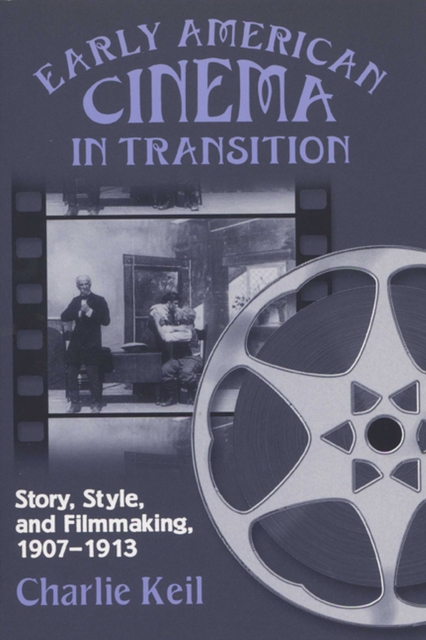
Early American Cinema in Transition : Story, Style and Filmmaking, 1907-1913 Paperback / softback
by Charlie Keil
Part of the Wisconsin Studies in Film series
Paperback / softback
Description
The years 1907-1913 mark a crucial transitional moment in American cinema.
As moving picture shows changed from mere novelty to an increasingly popular entertainment, fledgling studios responded with longer running times and more complex storytelling.
A growing trade press and changing production procedures also influenced filmmaking.
In Early American Cinema in Transition, Charlie Keil looks at a broad cross-section of fiction films to examine the formal changes in cinema of this period and the ways that filmmakers developed narrative techniques to suit the fifteen-minute, one-reel format.
Keil outlines the kinds of narratives that proved most suitable for a single reel's duration, the particular demands that time and space exerted on this early form of film narration, and the ways filmmakers employed the unique features of a primarily visual medium to craft stories that would appeal to an audience numbering in the millions.
He underscores his analysis with a detailed look at six films: The Boy Detective; The Forgotten Watch; Rose O'Salem-Town; Cupid's Monkey Wrench; Belle Boyd, A Confederate Spy; and Suspense.
Information
-
Item not Available
- Format:Paperback / softback
- Pages:352 pages, 132 film stills, 5 tables
- Publisher:University of Wisconsin Press
- Publication Date:31/01/2002
- Category:
- ISBN:9780299173647
Information
-
Item not Available
- Format:Paperback / softback
- Pages:352 pages, 132 film stills, 5 tables
- Publisher:University of Wisconsin Press
- Publication Date:31/01/2002
- Category:
- ISBN:9780299173647










